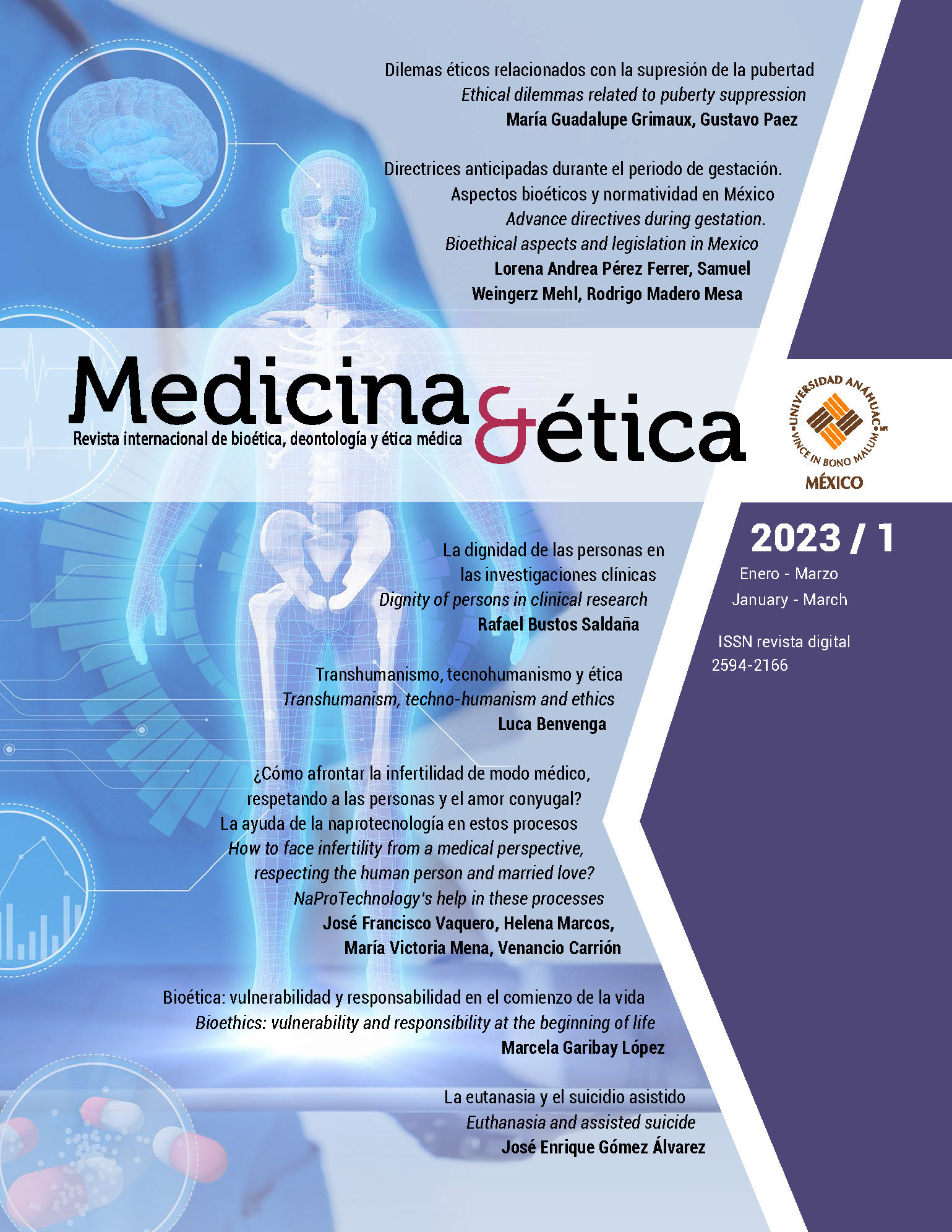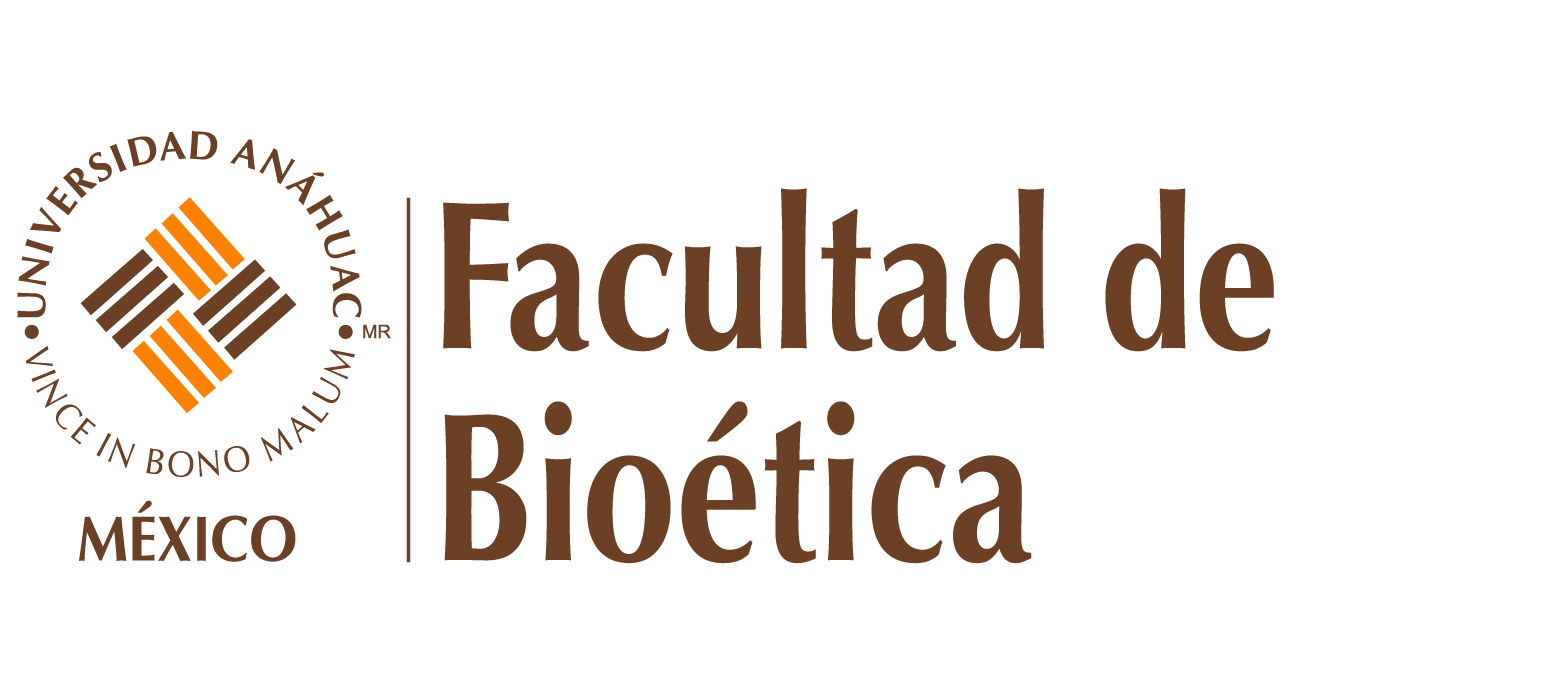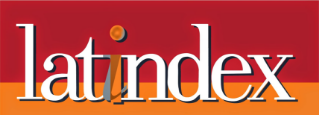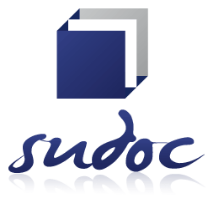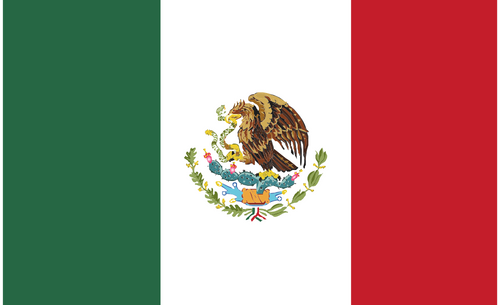¿Cómo afrontar la infertilidad de modo médico, respetando a las personas y el amor conyugal? La ayuda de la naprotecnología en estos procesos
DOI:
https://doi.org/10.36105/mye.2023v34n1.05Palabras clave:
naprotecnología, infertilidad, esterilidad, procreaciónResumen
¿Qué hacer cuando el matrimonio quiere tener un hijo y éste tarda en venir, o simplemente no viene? La naprotecnología, como estudio médico de la fertilidad masculina y femenina, ofrece una respuesta válida para afrontar esta situación de infertilidad/esterilidad.
Seguimos como camino el método triangular propuesto por Elio Sgreccia: ver los datos científicos para realizar un análisis antropológico y una valoración ética que oriente el actuar concreto.
La naprotecnología, como ciencia médica, constituye un abordaje médico y científico que busca resolver los trastornos reproductivos y ginecológicos del varón y de la mujer, identificando las principales causas que afectan a la verdadera salud reproductiva. A partir de este diagnóstico, busca corregir las posibles alteraciones y restaurar la salud y fertilidad. Este modo de afrontar la infertilidad/esterilidad se ilustra con varios casos clínicos y los resultados obtenidos en España durante los años 2015 a 2021.
A continuación, realizamos un análisis antropológico del modo de afrontar la infertilidad, analizando el sujeto que la padece: ¿Quién es el ser humano? ¿Cómo es su sexualidad? ¿En qué entorno se realiza primordialmente la procreación? Con esta base esbozamos un juicio ético ante este modo de afrontar los problemas de infertilidad/esterilidad.
Descargas
Referencias
Eurostat. Total fertility rate [Internet]. Luxemburgo: 2021 [consultado 29 de agosto de 2021]. Disponible en: https://ec.europa.eu/eurostat/databrowser/view/tps00199/default/table?lang=e
Organización de las Naciones Unidas. Infertilidad [Internet]. 2022 [consultado 29 de agosto de 2022]. Disponible en: https://www.who.int/es/health-topics/infertility#-tab=tab_1
García R. Estudio de nuevos marcadores de infertilidad masculina [Tesis de doctorado]. Madrid: Universidad Autónoma de Madrid [Internet]. 2018 [consultado 29 de agosto de 2022]. Disponible en: http://hdl.handle.net/10486/684219
Rodríguez M. Modelo vincular en una pareja tratada a causa de infertilidad. MEDISAN. 2016; 20(10):2294-2297.
Ramírez A, Cala A, Fajardo D, Grave de Peralta R. Factores causales de infertilidad. Rev Información Científica. 2019; 98(2). http://www.revinfcientifica.sld.cu/index.php/ric/article/view/2235
Sgreccia E. Manuale di Bioética. Milano: Vita e Pensiero; 1999.
Stanford J, Smith K, Varner M. Impact of instruction in the Creighton model fertilitycare system on time to pregnancy in couples of proven fecundity: results of a randomised trial: Creighton model and time to pregnancy. Paediatr Perinat Epidemiol. 2014; 28(5):391-9. https://doi.org/10.1111/ppe.12141
Stanford J, Porucznik C. Enrollment, childbearing motivations, and intentions of couples in the Creighton Model Effectiveness, intentions, and Behaviors Assessment (CEIBA) study. Front Med. 2017; 4:147. https://doi.org/10.3389/fmed.2017.00147
Tham E, Schliep K, Stanford J. Natural procreative technology for infertility and recurrent miscarriage: outcomes in a Canadian family practice. Can Fam Physician. 2012; 58(5):e267-74.
Carrión V, Fabrés V. El misterio de la fecundidad en el matrimonio infértil. Hombre y mujer los creó [Internet]. 2019 [consultado 7 de julio de 2019]. Disponible en: https://jp2madrid.es/index.php/aula-abierta/hombre-y-mujer-los-creo/634-hom-muj-19038
Gallo P, Tham J. Medicina y Ética. 2022; 33(1):205. https://doi.org/10.36105/mye.2022v33n1.05
Boyle P, de Groot T, Andralojc K, Parnell T. Healthy singleton pregnancies from restorative reproductive medicine (RRM) after failed IVF. Front Med. 2018; 5:210. https://doi.org/10.3389/fmed.2018.00210
OrganizaciónMundialdelaSalud,Saludsexual[Internet].2022[consultado29de agosto de 2022] Disponible en: https://www.who.int/es/health-topics/sexual-health#tab=tab_2
Valdés, M. Aplicación del conocimiento de la fertilidad humana para buscar embarazo: resultados en el ámbito clínico [Tesis de doctorado]. Madrid: Universidad Rey Juan Carlos. 2012:26-29.
Agarwal A, Majzoub A, Esteves S, Ko E, Ramasamy R, Zini A. Clinical utility of sperm DNA fragmentation testing: practice recommendations based on clinical scenarios. Transl Androl Urol. 2016; 5(6): 935-950.
Hilgers T, Prebil A. The ovulation method: Vulvar observations as an index of ertility/infertility. Obstetrics & Gynecology. 1979; 53(1):12-22.
Hilgers T. The Medical and Surgical Practice of NaProTechnology. Omaha, Nevrasca: Pope Paul VI Institute Press; 2004.
Boyle P, Stanford J. Naprotechnology (natural procreative technology), a multifactorial approach to the chronic problem of infertility. Psu.edu. 2011; 21(3):61-68.
Horodenchuk Z, Furman O, Datsko H. Restorative reproductive medicine for infertility and recurrent miscarriage in the outpatient ob/gyn practice in Ukraine. Kwartalnik Naukowy Fides et Ratio. 2020; 43(3):442-61. https://dspace.vnmu.edu.ua/123456789/5411
Stanford J, Parnell A, Boyle P. Outcomes from treatment of infertility with natural procreative technology in an Irish general practice. Journal of the American Board of Family Medicine: JABFM. 2008; 21(5):375-384. https://doi.org/10.3122/jabfm.2008.05.070239
Vaquero J, Mena M, Marcos H. La ayuda que ofrece la Naprotecnología para afrontar la infertilidad/esterilidad de modo médico y acorde con una sana antropología. Cuad Biot. 2019; 30(100):338. https://doi.org/10.30444/CB.43
Carrión V. La Naprotecnología y más allá. Caminos de esperanza ante la infertilidad. Barcelona: Carena; 2021.
Lucas R. El hombre, espíritu encarnado. Madrid: Atenas; 1993.
Para profundizar en esta cuestión aconsejamos el tratamiento realizado por Lucas R. Antropología y problemas Bioéticos. Madrid: BAC; 2001.
Lucas R. El hombre, espíritu encarnado. Madrid: Atenas; 1993.
Aristóteles, Etica Nicómaco. I(7):1097b-1098a.
Finance J. Etica generale. Bari: Tipografia Medirionale; 1989.
Marqueta J, Hernandez J, Luceño F, Cabell Y, Fernandez Shaw S, Vidal E. Reflexiones en torno a la evolución de la salud reproductiva y de los tratamientos de reproducción asistida en España a la luz del Registro de actividades de la Sociedad Española de Fertilidad. Salud sexual y reproductiva. Aspectos científicos, éticos y jurídicos. Madrid: Comares; 2010.
Descargas
Publicado
Número
Sección
Licencia

Esta obra está bajo una licencia internacional Creative Commons Atribución-NoComercial-CompartirIgual 4.0.
Medicina y Ética se distribuye bajo Licencia Creative Commons Atribución-NoComercial-CompartirIgual 4.0 Internacional.
El autor conserva los derechos patrimoniales sin restricciones y garantiza a la revista el derecho de ser la primera publicación del trabajo. El autor es libre de depositar la versión publicada en cualquier otro medio, como un repositorio institucional o en su propio sitio web.

